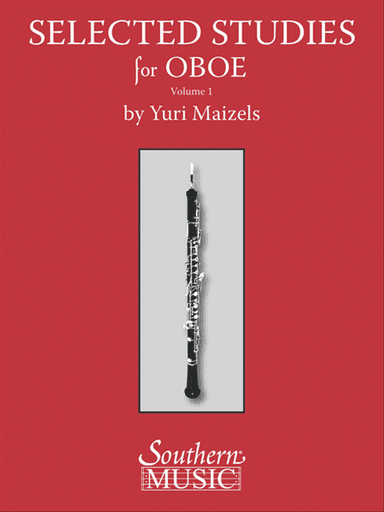Unavailable
Conducting Technique Etudes is currently unavailable
We can no longer provide this arrangement through Sheet Music Stores. The listing stays online so you can learn about the piece and explore alternatives.
Try these next steps
- Discover similar sheet music curated for you below.
- Search for “Conducting Technique Etudes” across our catalog.
About this arrangement
SKU: GI.G-8419 Laban-Based Etudes for Class or Individual Practice. Composed by James Jordan. Evoking Sound. Music Education. 292 pages. GIA Publications #8419. Published by GIA Publications (GI.G-8419). ISBN 9781579999940. English.This book is a companion to Evoking Sound (Second edition) (G-7359) and The Conductor's Gesture (G-8096), with exercises by Blake Henson and Gerald Custer. Examples recorded on included CD. In this volume of etudes for conductors, James Jordan details a ground-breaking pedagogy for the development of conducting skills. This method is based on a sequential harmonic process to inform and define conducting gesture. This book is revolutionary because it employs a process of score study to develop what Dr. Jordan calls “kinesthetic/harmonic audiation.” Conductors of all skill levels will profoundly benefit from these new ideas. While instrumentalists and keyboardists for decades have had books of daily “etudes” for the development of technique, conducting pedagogy has not had the benefit of such a rigorous technical course of study. This book teaches conductors to make gestural decisions based upon harmonic rhythm and uses the gestural vocabulary of Rudolf Laban as the beginning “vocabulary” from which a conductor can make decisions. This book of etudes differs from other approaches because it views harmonic progression as the primary vehicle by which to learn conducting technique. This volume contains: • Harmonic Rudiment Exercises for acquisition of the Laban Efforts of Float, Wring, Press, Dab, Glide, Slash, and Punch • Exercises that can be used in both Choral and Instrumental Classes • A sequential and extensive series of Conducting Etudes—in allmeters and articulations that ask conductors to explore changes in Harmonic Rhythm—without influencing melody • A review of the most important parts of the conductor’s anatomy that are vital to expressive technique • Etudes that teach conductors to make gestural decisions based upon an audiated and kinesthetic understanding of harmonic progression • Specific practice suggestions.
Related sheet music

The Choral Rehearsal DVD
james jordan
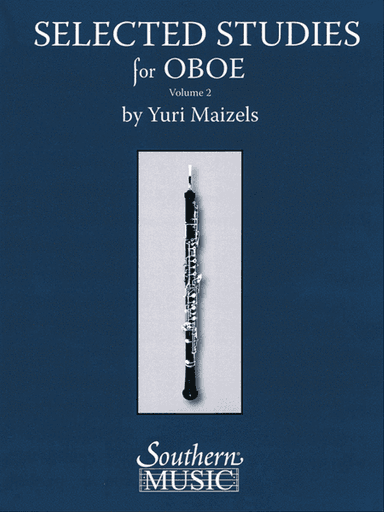
Selected Studies for Oboe – Volume 2
various
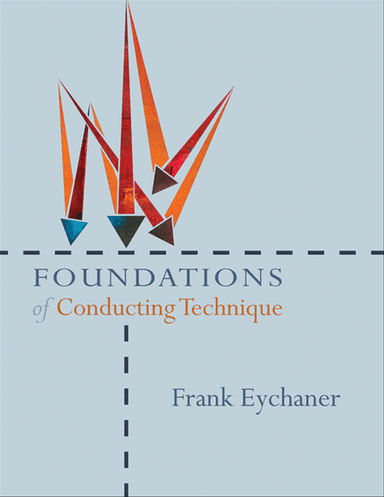
Foundations of Conducting Technique

Transcriptions of Lieder
franz schubert, robert schumann, clara wieck-schumann

12 Etudes-Caprices for Saxophone
eugene bozza

Foundation Studies for the Violoncello, Book 1
franz wohlfahrt
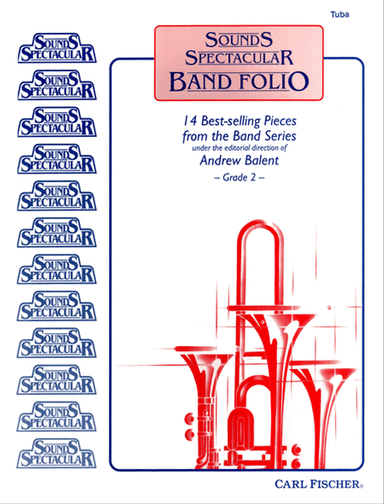
Sounds Spectacular Band Folio
peter ilyich tchaikovsky, irving berlin, jacques offenbach, eric osterling, henry fillmore, mykola leontovich, w.c. handy, gioachino rossini, lloyd conley, andrew balent, james swearingen, gerald sebesky

Quinze Etudes Journalieres pour Basson
eugene bozza
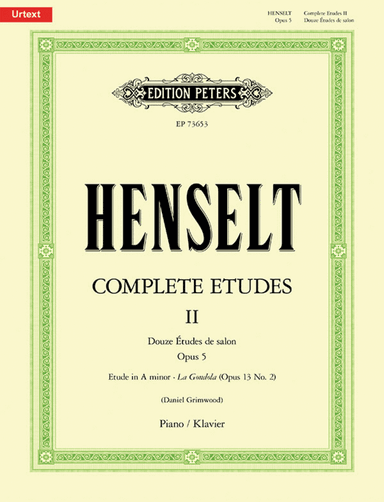
Complete Etudes

Conducting the Music, Not the Musicians
